5 Best Online Payment Methods In 2024
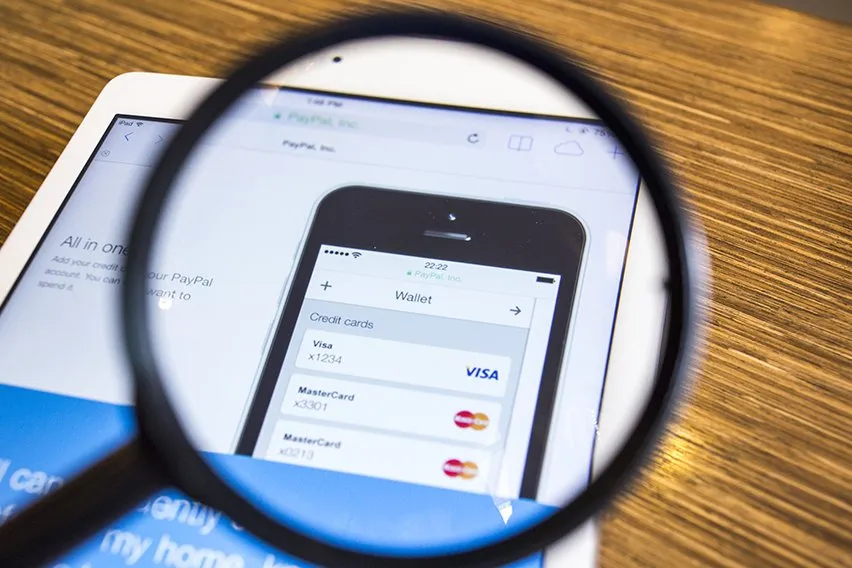
Online payments are a quick, easy, and secure way for customers to make purchases in-store and from home. Offering more online payment methods improves your customer experience and encourages purchasing by removing barriers to convenience.
There are a wide array of online payment methods, including digital wallets, credit and debit, bank transfers, and Buy Now, Pay Later apps. Businesses can explore a combination of online payment systems to find secure and affordable options that fit their customer’s needs.
We’ll explore 5 of the best online payment methods in 2024 and some pros and cons of each. We’ll also take a look at important security features to help you find the right online payment provider for your small business.
Key Takeaways
- Online payments help build a wide customer base and encourage sales.
- The benefits of online payments include convenience, security, and more payment options.
- Credit and debit, digital wallets, bank transfers, and Buy Now, Pay Later are popular online payment methods.
- Look for online payment systems that charge low fees and maintain high-security standards.
Table of Contents
- Why are Online Payment Solutions Necessary?
- Benefits of Online Payments
- 5 Online Payment Methods to Accept Payments
- Choosing the Right Online Payment Method for Your Business
- Security Features to Consider in an Online Payment Service Provider
- Future of Online Payments
- Effortless Payment Processing with FreshBooks
- Frequently Asked Questions
Why Are Online Payment Solutions Necessary?
As online shopping grows in popularity and payment methods diversify, accepting online payments is key to staying competitive. Businesses that accept a variety of online payments make it easier for customers to make purchases. This helps businesses build a strong customer base.
Online payments also offer a high degree of security. Strict compliance standards for many online payment systems protect customers and vendors, increasing customer confidence.
Convenient payment systems reduce barriers to purchasing, including the need to access cash and checks. These streamlined systems encourage customers to make purchases, boosting sales and improving customer satisfaction.

Benefits Of Online Payments
The right online payment process makes it easier for customers and vendors to make quick and secure transactions and there are many benefits.
Online Payments For Consumers
Online payments offer a convenient and secure way for customers to purchase goods and services. They also make it easier to access different payment plans like paying in installments.
- Convenience: Online payment systems are a quick and easy way for customers to make purchases from anywhere. Payment methods like digital wallets allow customers to use their card data in-store without having to carry physical cards, while other payment methods like bank transfers let customers purchase from the comfort of their homes.
- Security: Most online payment systems like online credit and debit transactions are subject to strict compliance regulations. This ensures customer data and funds are protected, building confidence and enabling more consumer purchases.
- Deferred Payments: Apps like Klarna let customers make a purchase and pay in installments, making it more accessible to purchase a wider range of products.
Online Payments For Businesses
Businesses can improve their cash flow and appeal to more customers by offering convenient transaction options like online payments.
- Faster Payments: Traditional payment methods like check and cash can cause delays in accepting payments. Customers must provide these physical payments, then vendors are required to manually deposit them and wait for them to clear. Online payments remove these barriers, allowing customers to rapidly access and clear funds so vendors can get paid faster.
- Wider Customer Reach: Offering more payment options helps draw in a wider range of customers. Even if a customer forgets their credit or debit card, Digital Wallets make it easy to pay through the cloud.
5 Online Payment Methods To Accept Payments
We’ll explore 5 popular methods for accepting online payments from customers, along with the advantages and disadvantages of each.
1. Traditional Methods
Credit cards and debit cards are some of the most widely used payment methods, making them an essential option for online transactions. Customers can simply input their card number, expiry date, and CVV for a quick and seamless transaction.
Online credit and debit transactions can be made more secure with additional measures like checking customer addresses against the cardholder’s address on file. Payment processing software manages this security check automatically so the transaction can proceed within seconds.
To accept payments by credit and debit card, vendors need a dedicated merchant account or an intermediary account. Vendors can manage these accounts themselves or work with a payment services provider like Stripe which can streamline the Payment Card Industry (PCI) security standards process.
Accepting credit cards and debit cards for online payment is quick, convenient, and popular thanks to the widespread use of card payments. However, intermediary fees for each stage of the payment process can add up to a costly payment system for vendors.
2. Digital Wallets
Digital wallets offer an easy way for customers to make card purchases without having to carry their physical credit and debit cards. Digital wallets like Apple Pay and Google Pay store customer payment information in the cloud, allowing customers to scan or tap their digital or mobile wallet to make a payment.
Digital wallets aren’t limited to storing credit and debit information—they can also be used with gift cards, coupons, loyalty cards, ID cards, and event tickets.
Vendors have 2 main options when it comes to accepting payment through digital wallets. They can set up a QR code for customers to scan or use Near Field Communication (NFC) to allow customers to tap or hold their device near the payment machine.
Digital wallets are convenient for customers and eliminate the need to carry physical cards. However, if the digital device is stolen or hacked, customer payment information may be at risk. Like online credit and debit transactions, processing digital wallet payments also comes with fees for the vendor.
3. Bank Transfers
Bank transfers are a secure, low-fee option for online payment. The Automated Clearing House (ACH) network is a bank-to-bank system that allows for direct payment from one bank account to another.
Examples of ACH payments include paying bills through a bank account or using direct deposit to send payments. ACH can be used for a single payment or to set up recurring online payments.
The advantages of bank transfers for online payment include convenience and security. ACH offers an easy way to pay recurring bills, reducing wait times and minimizing the risk of late payment fees. Depending upon the banking institution, ACH transfers are often free or have a low fee, making them popular for both vendors and customers. The high degree of security also makes ACH a strong choice for larger bill payments.
The primary drawback of bank transfers is that they may be subject to different transfer times. Many banks process ACH transfers the next day, but some may take a few business days. ACH may also have daily, weekly, or monthly transaction limits that restrict the amount a customer can send.
4. Buy Now, Pay Later
Buy Now, Pay Later (BNPL) systems offer an easy way for customers to pay for a purchase over time. Compared to traditional credit purchasing systems, BNPL typically has set payment dates and amounts and doesn’t charge interest.
BNPL apps like Klarna and Afterpay let customers pay for a purchase in a series of installments. Customers typically pay a down payment (often around 25%) at the time of sale, then continue to pay over the next weeks or months. These payments are usually charged to the customer’s debit, credit, or bank account.
BNPL methods are popular because they offer an interest-free option for credit purchasing. They’re also quick, secure, and convenient. In most cases, using these payment systems won’t affect the customer’s credit score as long as they make all their payments on time.
The downside is that if customers don’t meet these payments, BNPL can negatively affect their credit scores. Different BNPL options may also have different terms and conditions which can affect payment schedules and the ability to make returns.
5. Alternative Payment Methods
The rising popularity of online payments has led to new alternative payment methods like cryptocurrency. Cryptocurrency is a secure online currency alternative designed to allow customers to make anonymous purchases. It has expanded to become a system for standard online purchases that can be exchanged for traditional currency.
Paying with cryptocurrency typically requires a digital wallet to hold the crypto keys. This makes it easier for customers to scan QR codes or use NFC to pay with crypto.
The advantages of using cryptocurrency include its accessibility since anyone can purchase crypto. Users can also make purchases from anywhere with very few fees. The challenge of crypto is that it’s unregulated and subject to high price fluctuations. Many vendors choose not to accept crypto as they may worry about converting it to standard currency and retaining worthwhile value.
Choosing The Right Online Payment Method For Your Business
Transaction Fees
Some online payment methods like credit and debit cards are convenient for customers but can come with high payment processor fees for vendors. Businesses may want to test these online payment methods to assess whether there is enough increased revenue to compensate for transaction and monthly fees.
Target Audience
Many online payment methods appeal to certain demographics—for example, digital wallets are popular with younger consumers. Understanding target customers can help businesses choose the right online payment processor.
Security
Delivering secure transactions is essential to protecting customer and vendor data. Consider the security levels of any potential online payment gateway. Some payment processors like Stripe maintain strong PCI standards, reducing the burden for businesses to manage security on their own.
Regional Preferences
Consider whether your customers are purchasing locally or from abroad. Different payment methods offer different options and payment processing fees for foreign currency transactions, so understanding whether your customers are can help you choose the right online payment method.
Security Features To Consider In An Online Payment Service Provider
Payment security features help protect vendors and customers from fraud and data breaches. These measures are essential for safeguarding funds and information and for maintaining customer trust in the quality of your business.
Businesses often employ multiple security features to protect themselves and their customers. Look for an online payment system that uses a strong encryption system to protect the passage of data from websites and browsers to payment processors. These encryption systems should be regularly updated to securely process payments.
Authentication is also a standard feature for processing payments. This feature checks the identity of the user before completing a transaction. Good authentication practices should ask for 2-factor or multi-factor authentication.
Credit card processing is subject to Payment Card Industry Data Security Standard compliance. A secure online payment solution should meet these standards and stay up to date with any new compliance measures to protect data security and defend against fraud.
Future Of Online Payments
Digital payments are steadily on the rise and new technologies are opening up even more avenues for online payment. Contactless payments like QR codes and digital wallets are increasingly popular, especially with younger consumers.
Emerging technologies like cryptocurrency and blockchain increase the potential for secure cross-border transactions. Cryptocurrency is an online currency not tied to a specific country, while blockchain is the record-keeping system that tracks cryptocurrency transactions to increase security and traceability.
Embracing online payments helps businesses stay current and appeal to new consumer markets. It’s also helpful to monitor new technologies to decide which online payment systems best align with your customers’ needs.
Effortless Payment Processing With FreshBooks
Offering online payments is an easy way for businesses to expand their reach and improve the customer experience. Payment methods like digital wallets, credit and debit payments, and bank transfers are just a few ways to boost the convenience and security of your business’s payment system.
FreshBooks provides businesses with an affordable and secure way to accept payments online. Customers can pay invoices directly with secure payment gateways like Stripe, PayPal & FreshBooks Payment, with options for international currencies and bank deposit transactions for even more convenience. Try FreshBooks for free to streamline your online payment processing today.

FAQs About Online Payment Methods
Learn more about online payment safety, making purchases without a card, and popular payment methods with frequently asked questions about online payments.
Is it safer to use PayPal or a credit card?
Both PayPal and credit cards are considered safe online payment processing services. They have similar security features, making them relatively equal in terms of overall safety. However, since some credit card payments may not include purchase protections, PayPal offers slightly more robust security.
How can I pay online without a card?
There are several online payment methods that don’t require a card, including bank transfers, digital wallets, and Buy Now, Pay Later apps like Klarna. These may require you to connect bank account details but you won’t need a physical credit or debit card to make a purchase.
What are the disadvantages of online payment?
The primary disadvantage of online payment services is that they require a secure internet connection, which may not always be convenient on the go. Some online payment methods also present security risks, while others may have daily, weekly, or monthly transaction limits.
What payment method is most popular?
Debit and credit card transactions remain the most popular payment methods. This is true for both physical and online purchasing, though some customers have switched to digital wallets that enable them to buy on credit or debit without having to carry a physical card.
About the author
Jami Gong is a Chartered Professional Account and Financial System Consultant. She holds a Masters Degree in Professional Accounting from the University of New South Wales. Her areas of expertise include accounting system and enterprise resource planning implementations, as well as accounting business process improvement and workflow design. Jami has collaborated with clients large and small in the technology, financial, and post-secondary fields.
RELATED ARTICLES


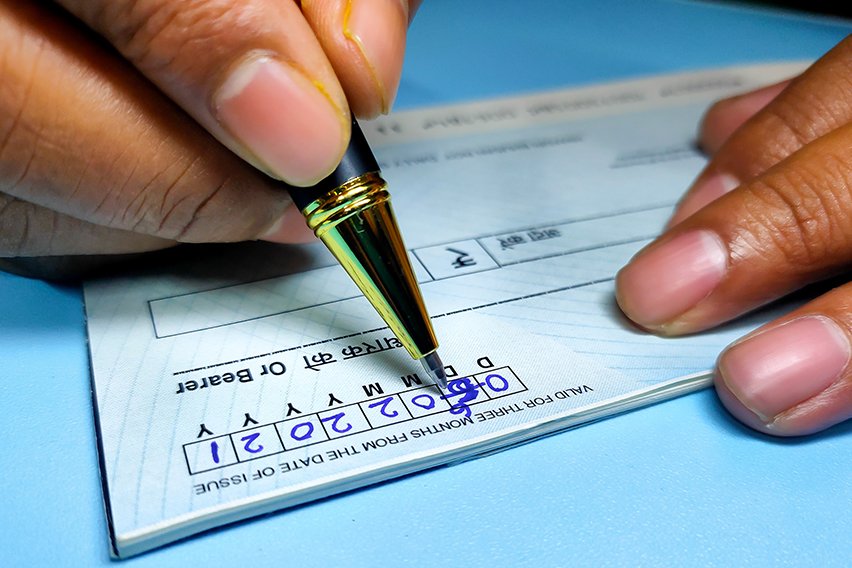 What Is a Stale-Dated Cheque?
What Is a Stale-Dated Cheque? Employment Overtime Pay: Everything You Need to Know
Employment Overtime Pay: Everything You Need to Know ACH Transfer: What Is It and How Does It Work?
ACH Transfer: What Is It and How Does It Work?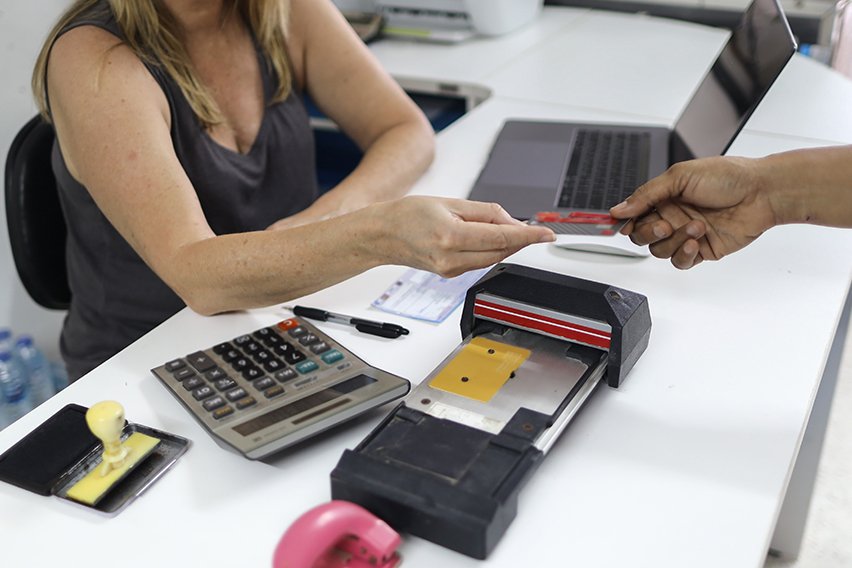 How to Pay Using Pre-Authorized Debit? A Beginner’s Guide
How to Pay Using Pre-Authorized Debit? A Beginner’s Guide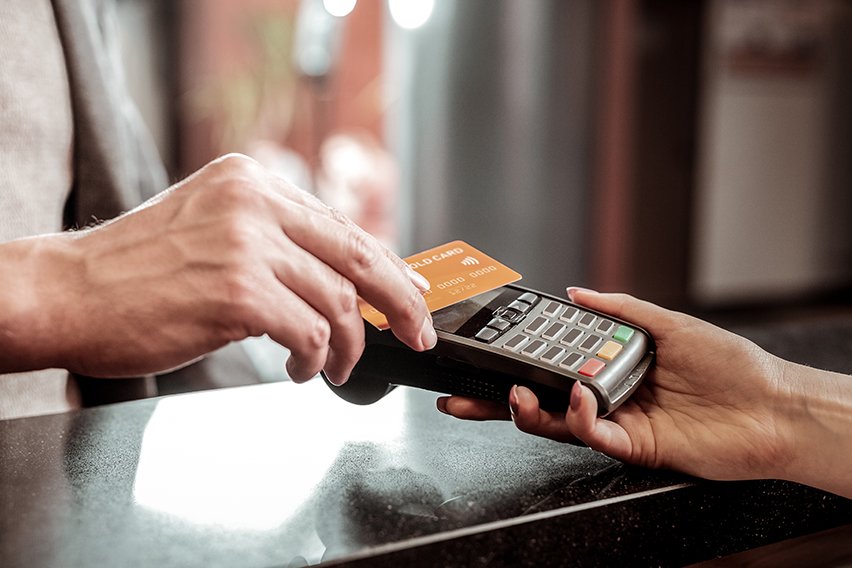 What Is Retroactive Pay?
What Is Retroactive Pay?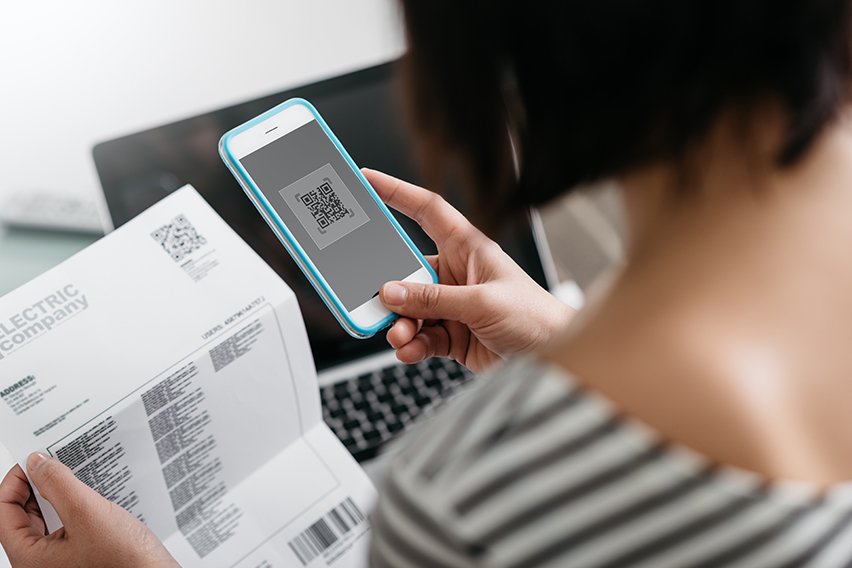 Payment Processor: Overview and Top 5 Picks for 2025
Payment Processor: Overview and Top 5 Picks for 2025